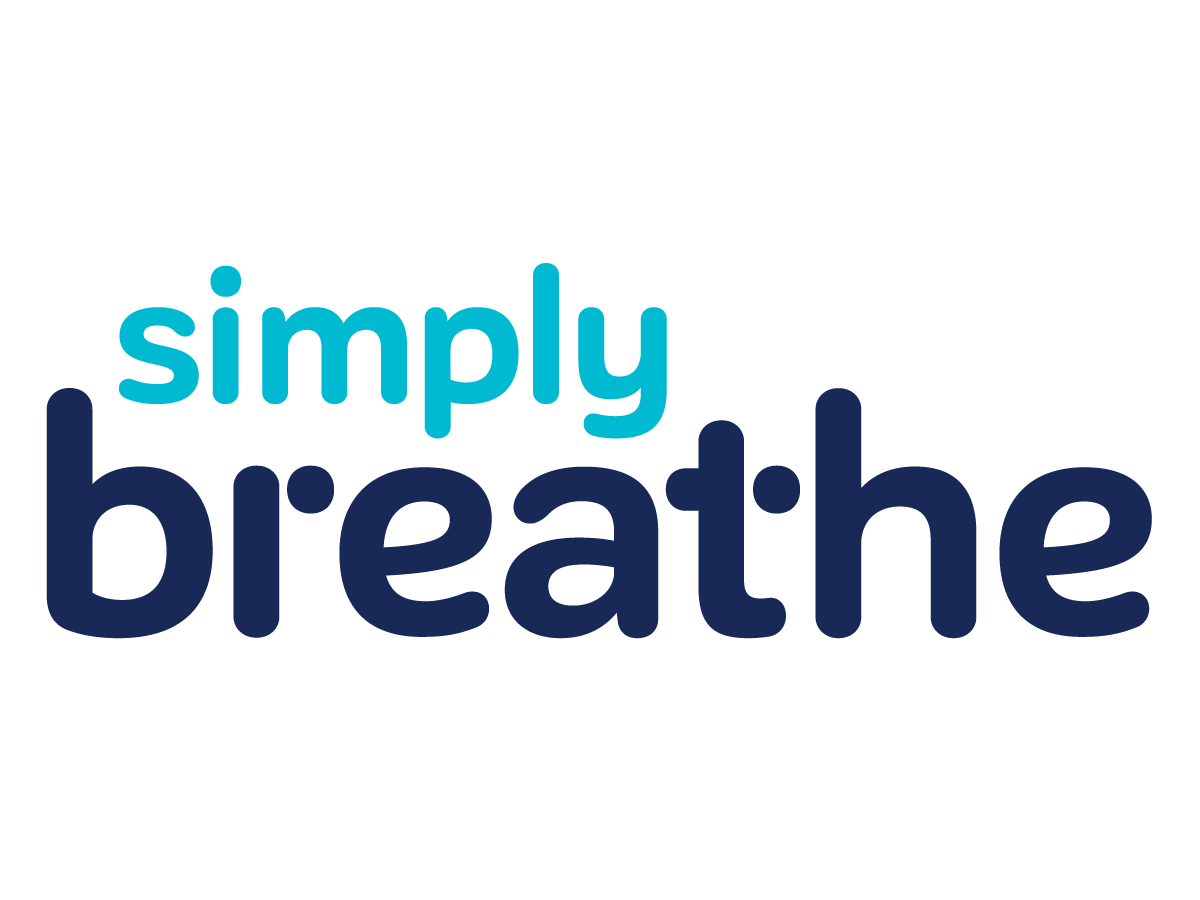The Origins of Human Breathing Patterns
Have you ever wondered why humans can breathe through both our nose and mouth, while many other mammals are strictly nose breathers? The story behind this adaptation reveals fascinating insights about human evolution – and might make you think differently about your own breathing habits.

Ancient Breathing: Our Nose-Breathing Ancestors
Our early mammalian ancestors were what scientists call "obligate nose breathers" – they could only breathe through their noses. The nose was perfectly designed for this job: equipped with specialized structures like cilia (tiny hair-like filters) and mucus membranes that clean, warm, and humidify incoming air. This sophisticated filtration system protected the lungs while optimizing oxygen intake, making nose breathing the ideal respiratory method.
How Speech Changed Human Breathing Forever
As humans evolved to communicate through increasingly complex language, our anatomy underwent a significant change. Our larynx (voice box) shifted lower in the throat, creating a shared pathway for breathing, speaking, and swallowing – known as the pharyngeal airway. This anatomical modification gave us our remarkable range of vocal abilities but also opened up the possibility of breathing through the mouth.
The Evolutionary Benefits of Mouth Breathing
This new breathing ability proved beneficial in certain situations:
-
Emergency oxygen intake during intense physical activities
-
Backup breathing system during illness
-
Alternative airway when nasal passages were blocked
-
Survival advantage during fight-or-flight responses
Modern Challenges with Breathing Patterns
Today's lifestyle has pushed many toward increased mouth breathing through:
-
Environmental pollutants and allergens causing chronic nasal congestion
-
Changes in facial development due to softer diets
-
Chronic stress leading to shallow, rapid breathing
-
Poor sleep positions and sleep disorders

Why Nasal Breathing Remains Superior
Despite our ability to mouth breathe, nasal breathing remains optimal because:
-
The nose produces nitric oxide, crucial for oxygen absorption
-
Nasal passages filter, warm, and humidify incoming air
-
Natural design supports better sleep quality
-
Helps maintain proper oral health
- Read about the 9 benefits of nasal breathing
Returning to Natural Breathing Patterns
The good news? We can consciously choose to return to our evolutionary roots by prioritizing nasal breathing. Simple techniques like mouth taping during sleep can help retrain your breathing patterns to align more closely with your body's natural design.
Conclusion: The Future of Breathing Health
At Simply Breathe, we believe understanding this evolutionary perspective helps explain why nasal breathing feels so natural when we get it right – it's literally what our bodies were designed to do. While the ability to mouth breathe represents an important survival adaptation, optimal health comes from maintaining the nose breathing that our biology prefers.
Next time you catch yourself breathing through your mouth, remember: your nose has millions of years of evolutionary refinement behind it. Maybe it's time to let it do its job.





Leave a comment (all fields required)